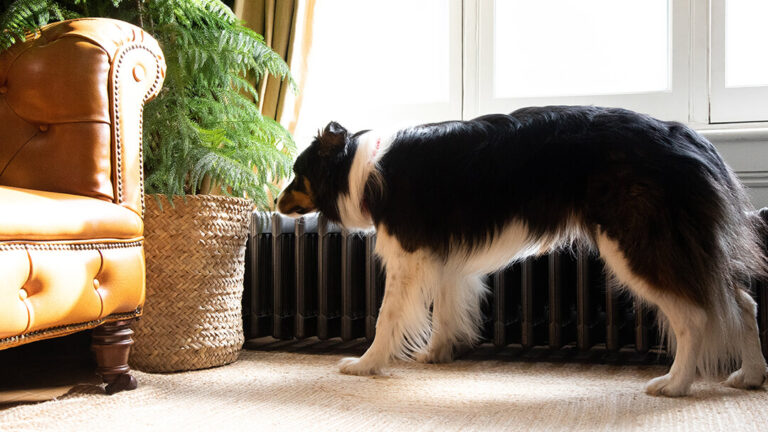To know when your dog is in labor, watch for signs like restlessness, nesting behavior, and a drop in body temperature. Keep an eye out for panting, pacing, or shivering, and monitor for the appearance of fluid or discharge from the vulva.
These are all indicators that labor is likely to begin within the next 24 hours. Welcoming a litter of puppies into the world can be an exciting and nerve-wracking time for any dog owner. It’s essential to understand the signs that indicate your dog is in labor, so you can provide the support and care she needs.
By being attentive to your dog’s behavior and physical changes, you can prepare for the arrival of the puppies and ensure a smooth labor and delivery process. Let’s delve into the signs of labor in dogs and how you can best support your furry friend through this special time.
Behavioral Changes
As your dog approaches labor, watch for behavioral changes such as restlessness, decreased activity, and nesting behavior. Decreased appetite and panting may also indicate labor is imminent. If you notice these signs, ensure your dog is in a quiet, comfortable environment, and contact your vet for guidance.

Credit: www.petbacker.com
Physical Signs
When your dog is about to go into labor, there are several physical signs to look out for. One of the key indicators is a temperature drop in your dog. This drop typically indicates that labor is imminent, and it’s important to monitor your dog’s temperature regularly. Additionally, you may notice your dog panting and shivering, which are common signs of pre-labor discomfort. It’s essential to be aware of these physical changes as they can help you prepare for the upcoming birth of the puppies.
Rhythmical Contractions
When monitoring your dog’s labor, it’s important to pay close attention to rhythmical contractions. These contractions typically occur every 15-30 minutes during the early stages of labor, gradually increasing in frequency as labor progresses. Intensity of contractions also plays a key role in determining the stage of labor. As labor advances, contractions will become more intense and frequent. It’s essential to keep a close eye on these cues to ensure the well-being of your dog during the labor process.
Fluid Discharge
Fluid Discharge Appearance: The appearance of the fluid discharge can vary. It is usually clear and may be tinged with some blood. This is a normal part of a dog’s labor process. The fluid amount expelled may be small or large, and this can differ from dog to dog.
Care For The Mother
Creating a comforting environment for the mother dog is essential during labor. Provide a quiet, warm, and familiar space for her to give birth. Keep disturbances to a minimum to reduce stress. Additionally, offer assistance during the birth process if needed. Be prepared with necessary supplies and know when to seek veterinary help. Pay close attention to the mother’s cues and behavior to ensure a smooth labor experience for her and her puppies.
Post-delivery Care
Monitoring the Puppies: It is essential to closely monitor the puppies as soon as they are born. Keep an eye on their breathing, movements, and overall well-being to ensure they are thriving.
Postpartum Behavior: After the delivery, observe the mother’s behavior. Some panting and restlessness are normal, but if she shows signs of distress, such as excessive whining or refusal to nurse her puppies, seek veterinary attention promptly.
Frequently Asked Questions For How Do I Know When My Dog Is In Labor
How Long Does Dog Labor Typically Last?
Dog labor can last anywhere from 6 to 12 hours in most cases, but it can vary based on the dog’s breed and age. Signs of labor include restless behavior and panting.
What Are The Signs That My Dog Is About To Give Birth?
Signs that your dog is about to give birth include nesting behavior, a drop in body temperature, and loss of appetite. Keep an eye out for these signs to prepare for the upcoming labor.
When Should I Seek Veterinary Help During Dog Labor?
If your dog is in labor for more than 24 hours without delivering any puppies or if she appears to be in extreme pain, it’s important to seek veterinary assistance. It’s better to err on the side of caution in such situations.
Conclusion
Understanding the signs of labor in dogs is essential for their well-being. By observing behavioral changes, physical signs, and seeking veterinary guidance, you can ensure a smooth labor process. Being prepared and staying attentive will help you provide the necessary care and support for your dog during this crucial time.



